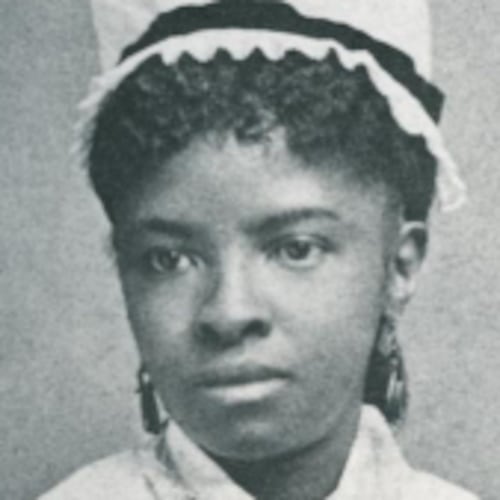When discussing slavery in America, it’s important to look at the numbers. Some experts estimate that during the slave trade to the New World, more than 12.5 million people were stolen from Africa between 1525 and 1866. Of those who traveled the treacherous journey, only 10.7 million survived the Middle Passage.
Most captives were shipped directly to the Caribbean and South America, including 4.8 million to Brazil, according to Trans-Atlantic Slave Trade Database.
But amazingly, only 388,000 were shipped directly to North America.
However, one number in particular, 20, signifies the start of slavery in the United States. The first Africans to land in the British colony of Jamestown, Virginia in 1619 were recorded as “20 and odd Negroes.”
Originating from Angola, these slaves were stolen from a Portuguese slave ship, then transported to an English warship flying a Dutch flag, and were eventually sold to colonial settlers.
Although slavery had no legal standing in the young colony at the time, these 20 Africans were either kept as indentured servants or enslaved, introducing black chattel slavery into what is now the United States of America.
Little information is known about the first 20, but the concept developed into institutional slavery, rapidly spreading throughout American colonies. By the time Abraham Lincoln issued the Emancipation Proclamation in 1863, those “20 and odd Negroes” had mushroomed to 4 million slaves in America.
Today, there are more than 42 million people in the U.S. who identify as African American.
Celebrate Black History Month
Throughout February, we'll spotlight a different African-American pioneer in the daily Living section Monday through Thursday and Saturday. Go to myAJC.com/black-history-month for more subscriber exclusives on people, places and organizations that have changed the world, and to see videos on the African-American pioneer featured here each day.
About the Author
Keep Reading
The Latest
Featured


